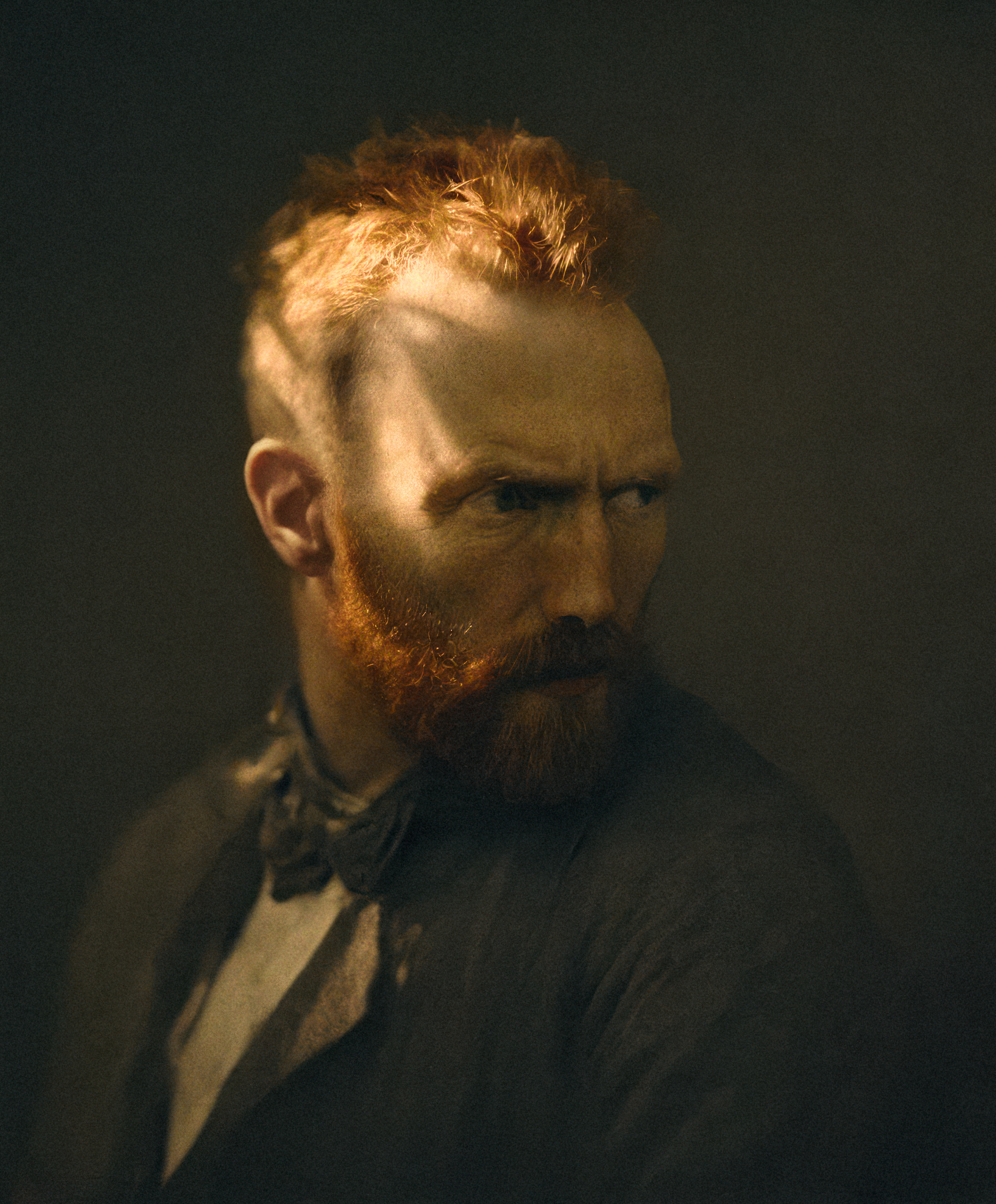 Image 1 of 1
Image 1 of 1


I paint not to reveal, but to conceal; for in concealment, the truth is most honest, 2024
by Ganbrood
SOLD OUT
From the Looking for Vincent series
Fine Art Print
Size: 23 × 30 cm
Unique
SOLD OUT
Description:
In Looking for Vincent, AI artist Ganbrood (Bas Uterwijk, 1968) attempts to reconstruct the "true" face of Vincent van Gogh based on 35 self-portraits, a rare photo of the painter at 19 years old, and painted portraits by Van Gogh's close colleagues. Despite the many well-known images, we think we know what Van Gogh looked like, but his actual appearance remains a mystery. Van Gogh’s self-portraits were more an expression of his inner world than an accurate depiction of his physical features.
Ganbrood used neural networks to analyze the differences and similarities between the available sources to create a believable portrait. He had the algorithm generate over a thousand variations, from which he selected a few. During this selection process, he discovered that each portrait, in a way, was also a self-portrait. The images he chose were more an expression of his own inner world than an accurate representation of Van Gogh's appearance. Moreover, the "search for Vincent" gradually evolved into an exploration of Ganbrood’s own artistry.
Exhibited at Untitled Miami Art Fair, Miami, Kate Vass Galerie Booth A43, December 2024
by Ganbrood
SOLD OUT
From the Looking for Vincent series
Fine Art Print
Size: 23 × 30 cm
Unique
SOLD OUT
Description:
In Looking for Vincent, AI artist Ganbrood (Bas Uterwijk, 1968) attempts to reconstruct the "true" face of Vincent van Gogh based on 35 self-portraits, a rare photo of the painter at 19 years old, and painted portraits by Van Gogh's close colleagues. Despite the many well-known images, we think we know what Van Gogh looked like, but his actual appearance remains a mystery. Van Gogh’s self-portraits were more an expression of his inner world than an accurate depiction of his physical features.
Ganbrood used neural networks to analyze the differences and similarities between the available sources to create a believable portrait. He had the algorithm generate over a thousand variations, from which he selected a few. During this selection process, he discovered that each portrait, in a way, was also a self-portrait. The images he chose were more an expression of his own inner world than an accurate representation of Van Gogh's appearance. Moreover, the "search for Vincent" gradually evolved into an exploration of Ganbrood’s own artistry.
Exhibited at Untitled Miami Art Fair, Miami, Kate Vass Galerie Booth A43, December 2024
